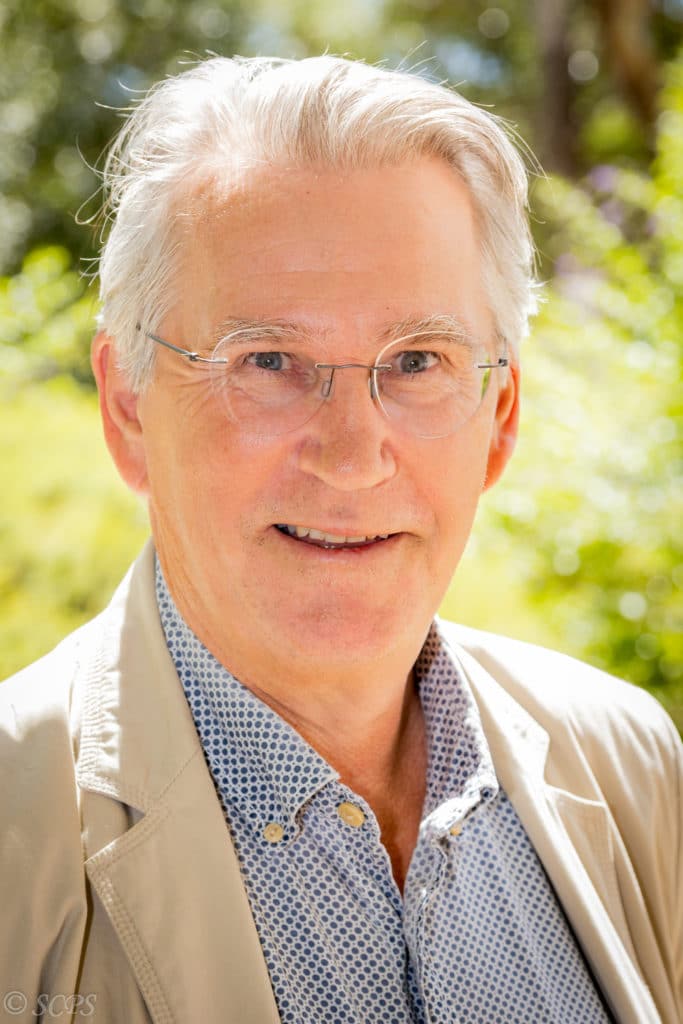“Worldwide, stroke is recognised not only as a clinical and public-health issue but as an important challenge for global economic development,” said STIAS fellow Mikael Persson of the Department of Engineering, Chalmers University of Technology, Sweden. “Estimates rank stroke as the second most common cause of death and the third most common cause of disability. Globally, around 15 million people suffer a stroke each year, and around a third do not survive (5.5 million). On average 1 in 4 adults will have a stroke during their lifetime.”

“50% of survivors have ongoing disabilities,” continued Persson, which adds to the costs in care, treatment and lost income. “The World Stroke Organisation estimates that by 2030 the cost of stroke to the global economy will be over $1 trillion.”
An estimated 70% of all stroke deaths and 87% of disabilities owing to stroke occur in low- and middle-income countries (LMICs). And this is likely to increase without substantial interventions.
“It’s a lifestyle-driven disease requiring lifestyle changes,” said Persson. He highlighted necessary population interventions including enhanced universal health coverage, access to exercise and healthy food, less access to and use of harmful substances, as well as timely treatment for diabetes and heart disease. While individual interventions include blood-pressure management, healthy lifestyles, as well as the promotion of eHealth, self-management technologies like personal apps and devices.
In what he described as an “unfair comparison” Persson compared the situation in Sweden, Africa overall and South Africa. “In Sweden there are 213 first strokes per 100 000 population per annum, in Africa overall it’s about 316 per 100 000 and in South Africa around 240 per 100 000.”
The risk factors are the same including hypertension, obesity, smoking, lack of exercise, cardiovascular disease, alcohol use and diabetes but in Sweden it’s more likely that underlying conditions like high blood pressure receive earlier and better management.
There are other important differences. The mean age of first stroke in Africa is 57 while in Sweden its 75. “57-year-olds still have many productive years to provide for their families. 75-year-olds are usually retired,” said Perrson. So the full cost to individuals and society is very different.
“In Sweden stroke costs an estimated $70 000 per patient – $56 000 in direct costs and $14 000 in indirect (including loss of income, etc.). It’s hard to find numbers for African countries but If you did the calculation offering the same level of care at the same costs based on 316 per 100 000 Africans or 1.4 million strokes per annum each at $70 000, that would equal $310 billion.”
“That is 11% of African GDP on one disease compared to only 0.3% of Swedish GDP.”
In the African setting, as in other LMICs, there are hidden costs – for example, aftercare is often provided by unpaid female relatives.
There is no question that stroke is a big and growing health and development problem which substantially affects Africa.
Time saves lives
Strokes are caused either by bleeding or by blockage of blood vessels due to clotting. An important aspect therefore is the time to diagnosis and treatment which determines survival and can cut rehabilitation from years to months.
“People often don’t know they’ve had a stroke,” explained Persson. “Every 10-minute delay results in a loss of 39 days of disease-free years with ischaemic strokes (caused by clotting). Two million brain cells die every minute due to lack of oxygen.”
So time and distance – where you live and getting to a healthcare facility where a CT scan can be done and treatment commenced – are vitally important. “In Sweden only 20% of patients get the right treatment in the right time,” said Perrson.
This is likely to be much worse for Africans.
Persson and his colleagues have therefore undertaken extensive work over 20 years to develop a portable, microwave-based device which uses AI (artificial intelligence) to help to improve stroke pre-hospital triage and save lives.
The result is the Strokefinder MD100 which is manufactured by Medfield Diagnostics and is harmless to patients, carried in a backpack, battery driven, and gives objective results regardless of language, sex, age and ethnicity.
The AI-based algorithm, has been trained to recognise the signals of patients with strokes within minutes.
Clinical trials of the device for use in both stroke and traumatic brain injury (of which there are about 50 million per annum caused mostly by road accidents, violence and sports injuries) are underway in Sweden, Norway, Australia and England. Persson is hoping to include South Africa. Preliminary discussions with stakeholders in South Africa from the private and public healthcare sectors suggest that the device could be used in public hospitals that don’t have CT scanners and could assist particularly when referrals to more specialised care are hard to facilitate.
But, of course, money would be needed to fund the studies.
In discussion, Persson explained that clinical trials are important to feed additional data into the algorithm which will improve specificity. “More data would make it possible to detect micro strokes as well as allowing a better chance of detecting clots to distinguish between bleeding and non-bleeding strokes.”
The device can also monitor changes in the brain. Persson explained that they are planning clinical trials in children with brain cancer to track changes in their brains over the treatment course. “You could do the same with sports people – do regular measurements to get a baseline and then monitor changes after injury.”
He also indicated that currently the price of producing the device is too high for widespread use especially in the developing world but large-scale manufacture would reduce this as “it’s based on the same technology as mobile telecommunication devices”.
Michelle Galloway: Part-time media officer at STIAS
Photograph: Anton Jordaan
